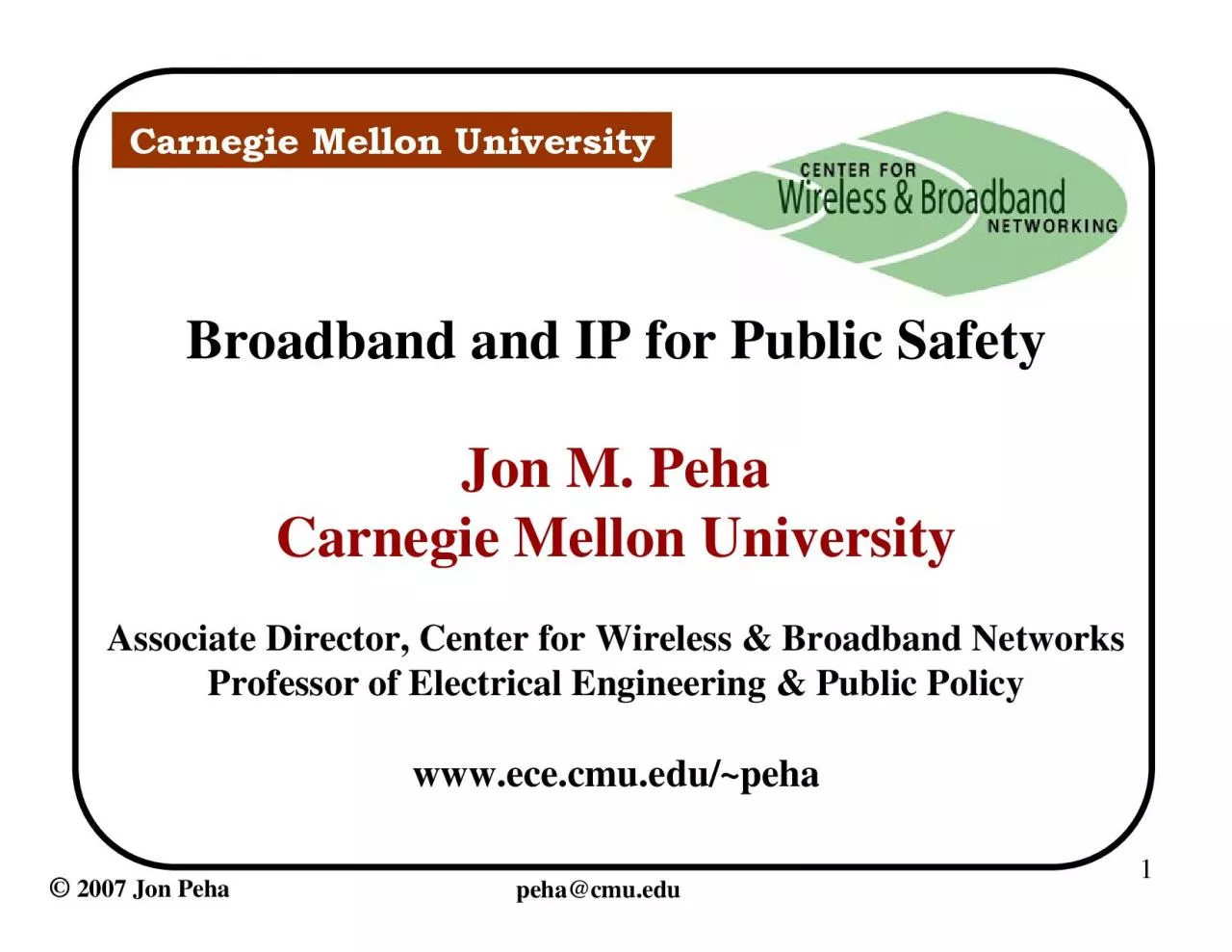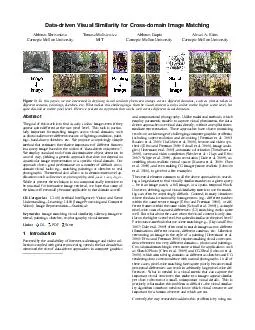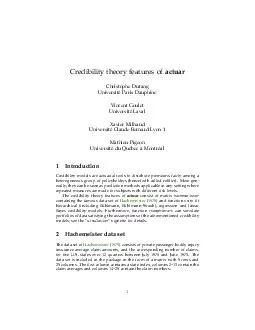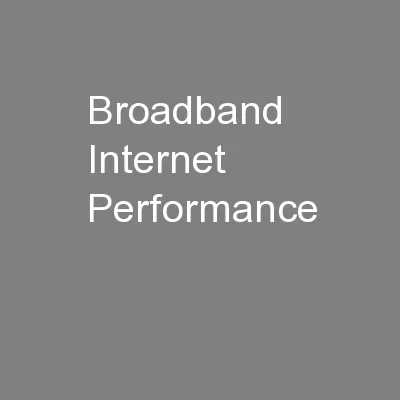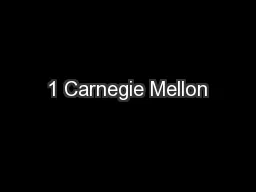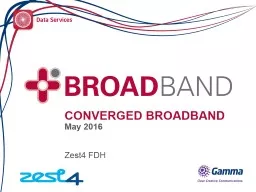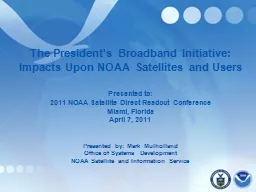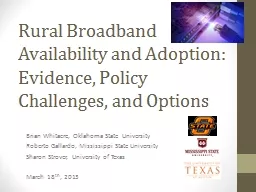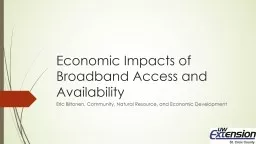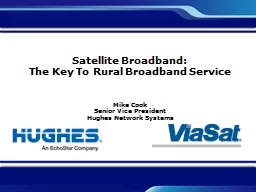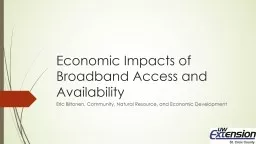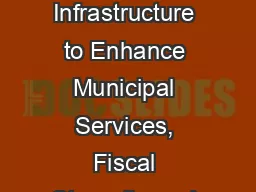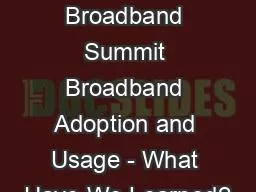PDF-Broadband and IP for Public SafetyJon M PehaCarnegie Mellon Universit
Author : roxanne | Published Date : 2021-06-27
2007 Jon Peha Carnegie Mellon University 2007 Jon Peha public safety agenciessave lives and lower costs 2007 Jon Peha Broadband and IP149 Today146s presentations
Presentation Embed Code
Download Presentation
Download Presentation The PPT/PDF document "Broadband and IP for Public SafetyJon M ..." is the property of its rightful owner. Permission is granted to download and print the materials on this website for personal, non-commercial use only, and to display it on your personal computer provided you do not modify the materials and that you retain all copyright notices contained in the materials. By downloading content from our website, you accept the terms of this agreement.
Broadband and IP for Public SafetyJon M PehaCarnegie Mellon Universit: Transcript
Download Rules Of Document
"Broadband and IP for Public SafetyJon M PehaCarnegie Mellon Universit"The content belongs to its owner. You may download and print it for personal use, without modification, and keep all copyright notices. By downloading, you agree to these terms.
Related Documents

